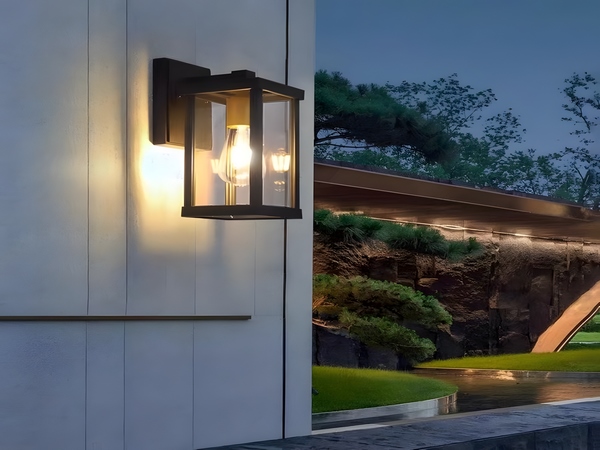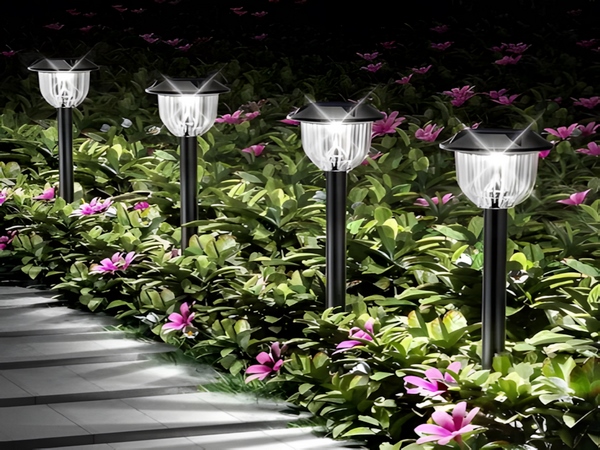

How is the wind resistance setup for solar LED street lights? Many people know that as winter comes to an end, spring approaches with gradually warming temperatures. However, some regions with lower temperatures continue to be affected by cold waves, which often bring strong winds. In areas with high wind speeds, incidents occur every year where lamp posts are knocked down or broken by the wind, and the damage to fixtures due to being blown over is also common. Additionally, the accumulation of dust due to the wind is a significant factor that causes serious reductions in the brightness of solar street lights. This situation also poses safety hazards for pedestrians, which means that a high-quality solar street light must not only be aesthetically pleasing and bright but also equipped with reasonable wind and dust resistance devices. The wind resistance primarily focuses on three aspects: the foundation, the lamp post, and the fixture.
1. Foundation
The installation of the street light foundation is a hidden part of the street light project and is essential for the overall wind resistance and safe use of the street light. It must be firmly established. First, choose C20 concrete for pouring, and the choice of anchor bolts depends on the height of the lamp post. For an 8m lamp post, choose Φ20 bolts with a length of 1100mm and a foundation depth of 1200mm. For a 10m lamp post, choose Φ22 bolts with a length of 1300mm and a foundation depth of 1400mm. This calculation ensures that the bottom dimensions of the foundation are greater than those at the top, which increases the foundation’s stability and enhances its wind resistance.
2. Lamp Post
The height of the street light lamp post should be selected based on the width of the road and the local usage situation, with a minimum wall thickness of 3.5mm. It should be hot-dip galvanized both inside and out, with a galvanization layer thickness of over 35μm. The flange thickness should be greater than 18mm, and the flange must be welded securely to the lamp post to ensure sturdiness at the base. Previously, due to inadequate galvanization and lack of strong welding at the base, corrosion at the bottom of the lamp post occurred frequently, leading to breakage in windy conditions. Therefore, the wall thickness, galvanization thickness, and the strength of the welding are important standards for lamp post qualifications; otherwise, installation and use are not supported.
3. Fixture
As a crucial component of the solar LED street light, the quality and activation method of the fixture are very important. The material should be aluminum alloy with appropriate thickness; any cracks or damages on the housing are unacceptable. All connecting points between components must have flexible contacts, with the locking mechanism being particularly critical. Many fixtures fall and get damaged after strong winds due to poor design of the locking mechanism, so spring clasps should be applied, with two installed. The fixture should open from the top, and important components like the ballast should be securely fixed to the housing to prevent detachment and ensure safety in the event of damage to the lampshade.

Therefore, when selecting solar LED street lights, we must consider not only their aesthetics and functionality but also their wind and dust resistance in areas with strong winds. Only by doing so can we ensure the safe use of solar street lights in urban infrastructure, preventing safety hazards for people’s travel and daily life.



